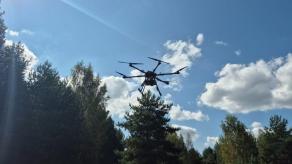Kapustin Yar proving ground, one of russia's key locations for testing rocket technology, has released a video to its 78th anniversary, which shows a number of projects that were tested there. Among them is a ground launcher for an anti-aircraft missile system equipped with R-77 air-to-air missiles.
Technically, this is an attempt to repeat a pragmatic Western solution — to turn a missile launched exclusively from aircraft into a surface-to-air missile. Working designs are implemented in such air defense systems as the German IRIS-T, Norwegian NASAMS, French VL MICA, Israeli SPYDER, and russia is pursuing a similar concept in its attempts to convert the R-77 medium-range air-to-air missile, also known as RVV-SD.
Read more: Magura V5 Sea Drone with R-73 Missiles is Remarkably Simple, and That's the Best Thing About it (Photo)
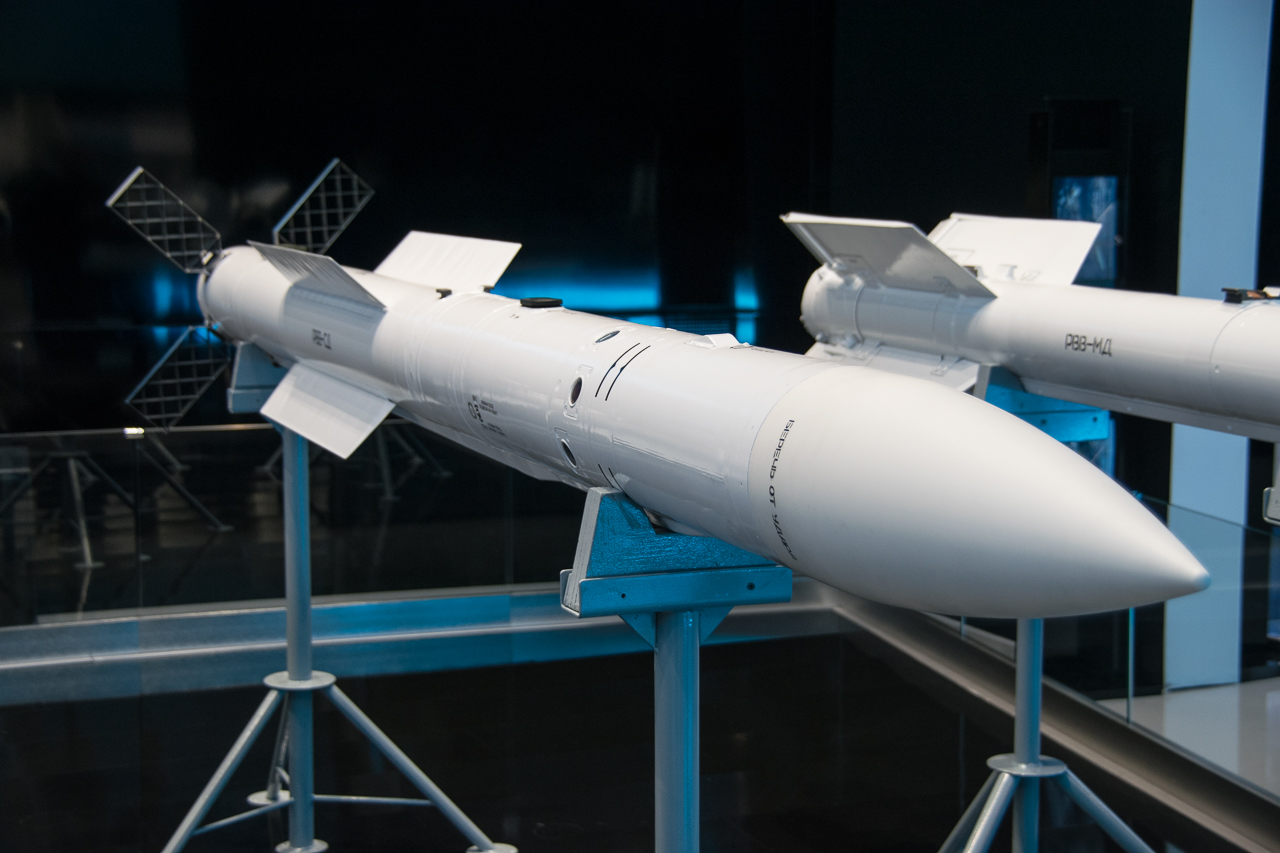
Unfortunately, the video only showed a launch during the night, this is probably to conceal the design features and the current progress of the project. And the reason for wariness is obvious, since the launcher is none other than a revamped BM-21 Grad artillery rocket system, one of the main MLRS in the russian army.
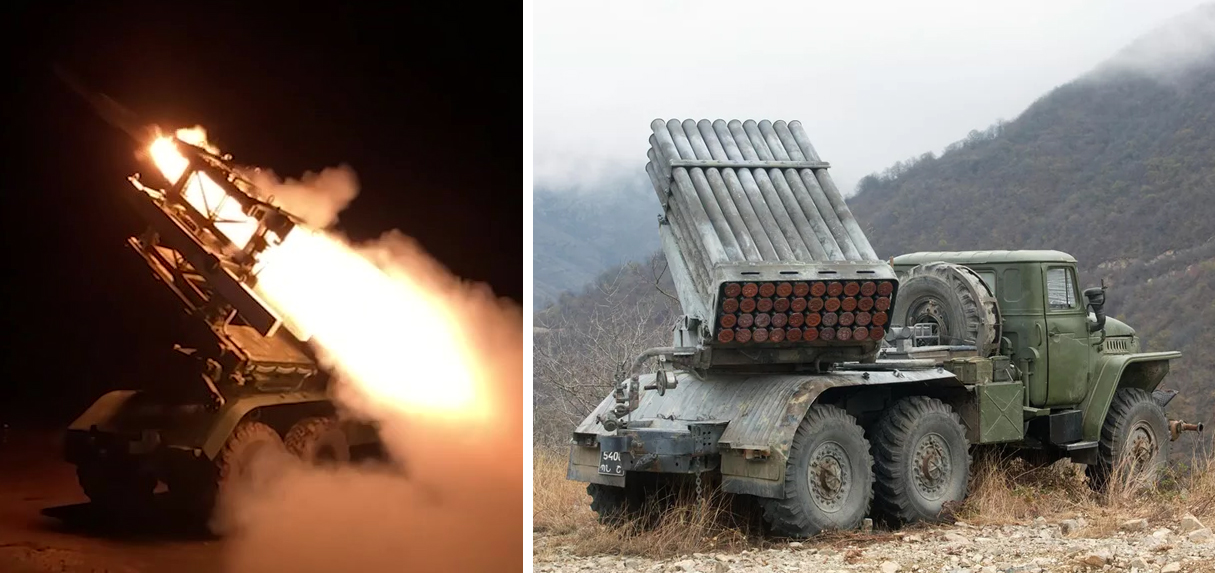
Instead of a common package with unguided rockets, pylons for mounting R-77s are installed on the pivot. That is, the approach to converting this launcher resembles the Yugoslav Pracka system — an improvised mobile launched created in the 1990s.
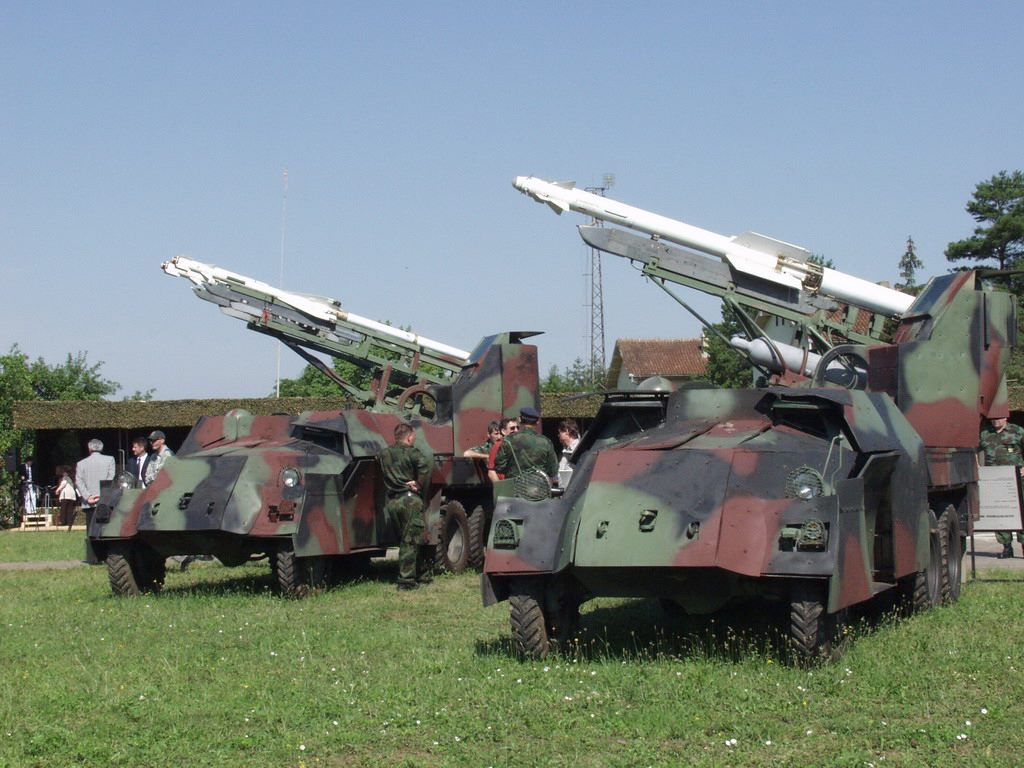
Worth noting, an important condition for the chassis of an air defense system is smooth operation and minimization of vibrations. And while Ural truck does not particularly fit these requirements, the utilization of the R-77 with its independent active radar homing head is supposed to bypass the drawback.
Though it seems novel, in fact russia has been trying to repurpose air-to-air missiles for quite a long time. In the 1990s, there was a program called Yelnik that Defense Express covered previously. This project, led by MKB Vympel design bureau, is also known as the RVV-AE-ZRK anti-aircraft system. It also used a modified R-77 missile adapted for a vertical launch, publicly presented in 1996. The chassis in consideration were either the gun carriage from the S-60 anti-aircraft artillery weapon or the missile launchers from Kub or Kvadrat systems.
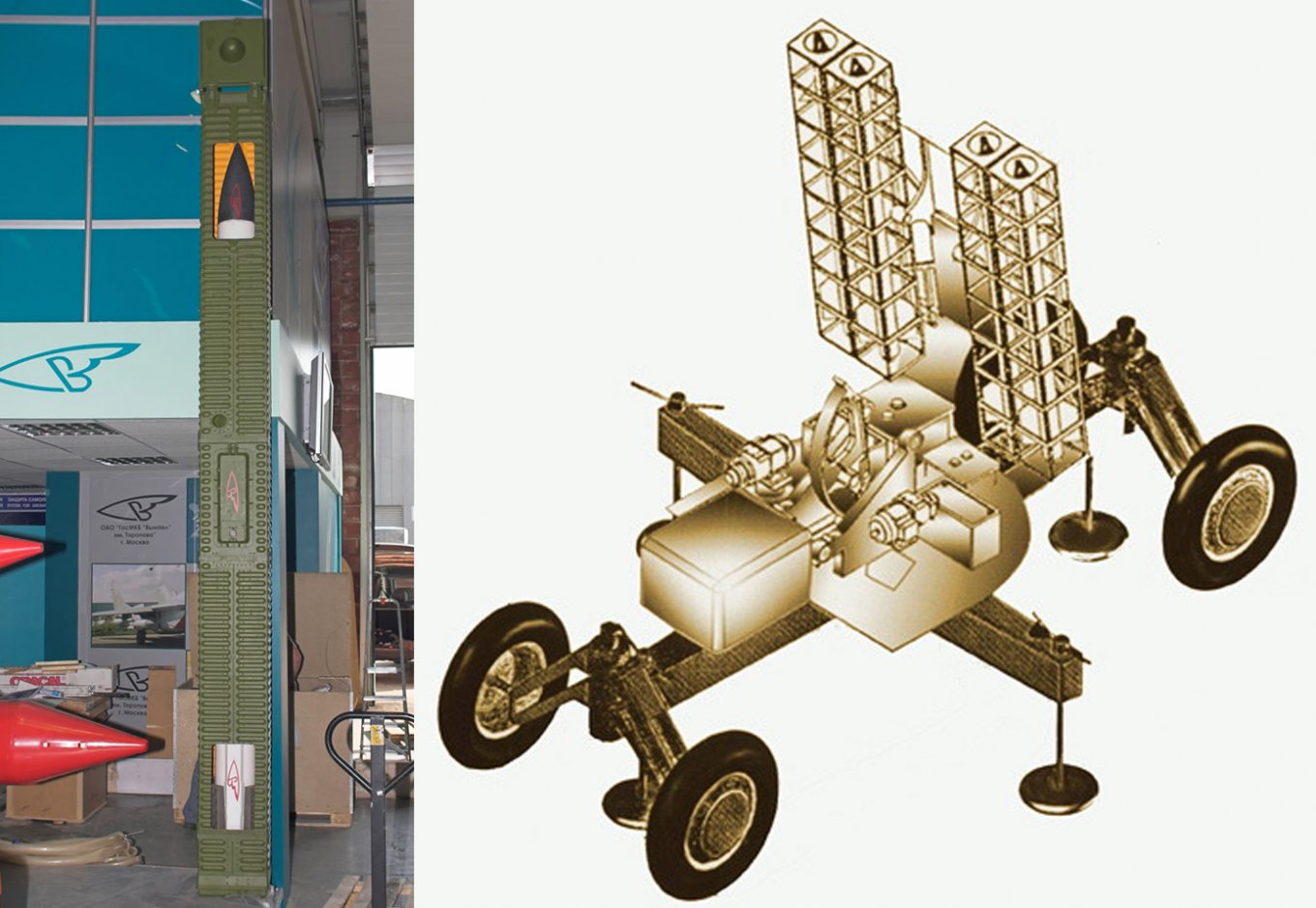
But the project remained almost forgotten: one of the reasons was the RVV-AE-ZRK's very short range of up to 12 km. That is while, the original air-to-air range R-77 missile is 110 km, according to official data. Such a drop in range is apparently due to the insufficient specific impulse of the missile's solid fuel engine.
Moreover, the R-77 in its standard version has lattice fins which make the takeoff even harder, as they create additional aerodynamic drag. That is why for the R-77 in the anti-aircraft missile version, the grid-patterned fins were replaced with ordinary ones. Nonetheless, the R-77, seen in the recent video, is standard, and the lattice fins are still in place.
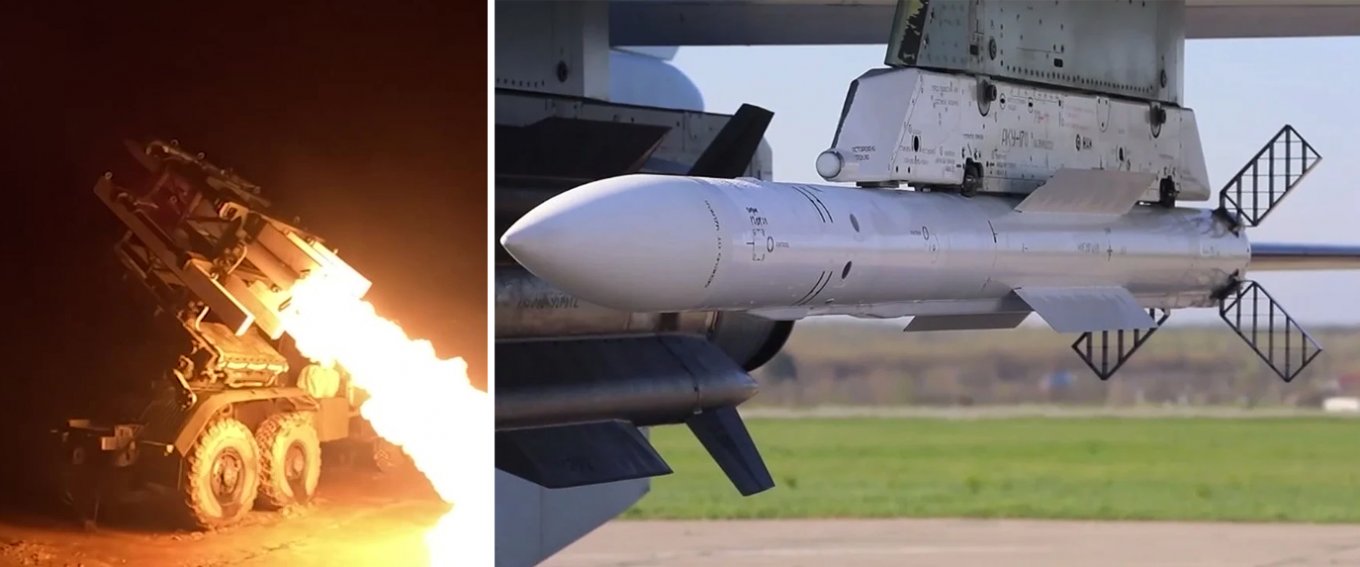
Precisely because of such complex problems, russian air-to-air missile with a 110-km range turns into a surface-to-air one with a range of 12 km. For comparison, the old versions of the American AIM-120A/B with a range of 55–75 km in the role surface-launched in the NASAMS-1 air defense system preserve a range of 25 km. German IRIS-T with original 25 km still reaches 12 km when fired from IRIS-T SLS. French MICA drops from 60–80 km only to 20 km in the VL MICA version.
The bottom line is, the russian federation so far cannot effectively recreate the supposedly quite simple and pragmatic solution for air defense. Furthermore, for about 20 years of development, a number of technologies have also been lost in the sands of time. However, against the background of the mass appearance of "tank sheds," already forgotten improvised hybrids of MT-LB vehicles and 2M-3 ship guns, or ersatz-MLRS with RBU-6000 ship bomb, the appearance another russian makeshift solution for air defense based on the mass-available BM-21 Grad chassis is to be expected.
Read more: "Frankensteined" russian Bomb Thrower Vehicle with RBU-6000 Lost to a Ukrainian FPV Drone (Video)








